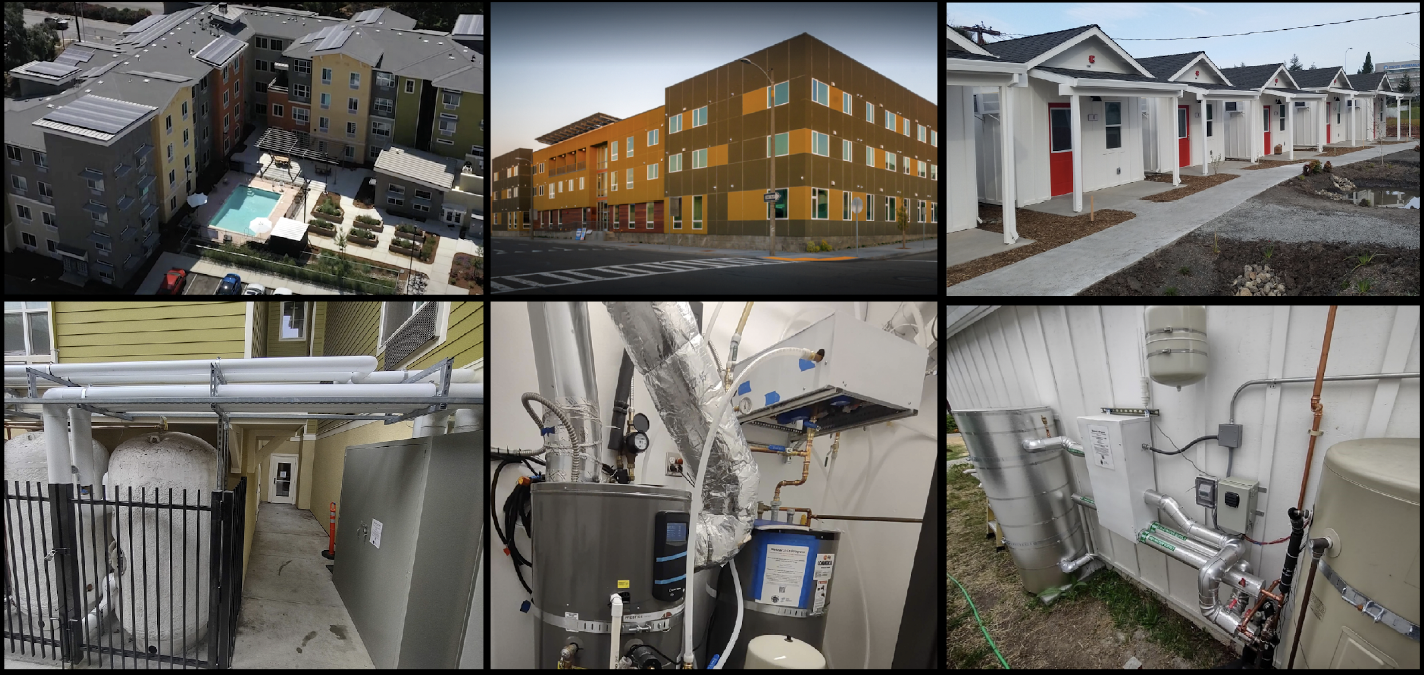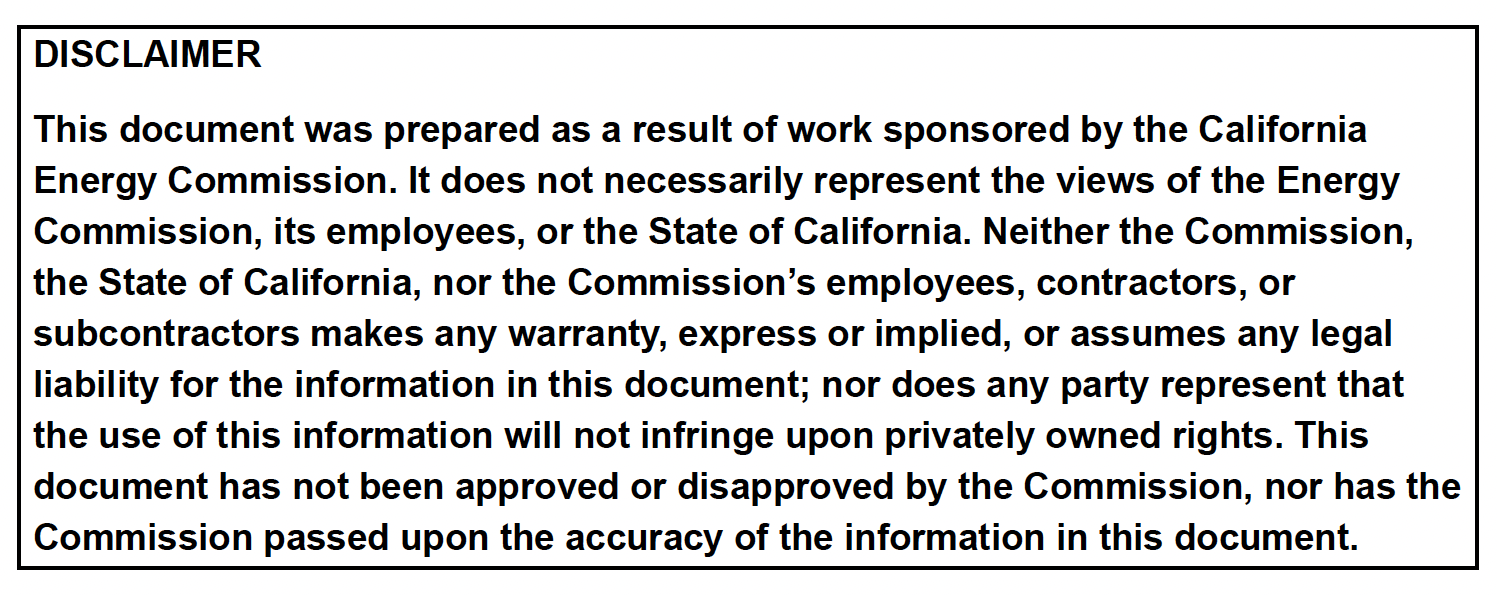
Redwood Energy is the prime recipient of the $2.04 million California Energy Commission grant "Central Heat Pump Water Heater Load Flexibility" (EPC-20-004) in which the main goal is to demonstrate load flexibility controls for central heat pump water heater (HPWH) systems in response to time-varying electricity price and carbon intensity signals. The core team includes Redwood Energy (prime), ZYD Energy (technology provider), Ecotope (HPWH integration design), Artemisia Energy (lead data analyst).
Achieving grid-interactive load controls is critical to the success of building electrification for significantly reducing greenhouse gas (GHG) emissions and energy use during peak grid conditions. The project team uses an advanced system integration and control solution, the LOCUS (Load Optimization Control Using Storage) developed by ZYD Energy, to retrofit existing central HPWH systems at three California multifamily sites serving low-income communities. The sites include Veterans Village (Santa Rosa) with 14 tiny homes with two SANCO2 heat pump water heater systems with manifold distribution, Bayview Heights (Eureka) with 50 studio units with 12 Rheem systems (each serving 3-6 dwelling units), and Monterey Gateway (Gilroy) with 70 units on a large centralized Colmac system.

The LOCUS enables plug-and-play integration of HPWH and storage equipment and intelligent controls of system operation to optimize performance according to electricity rate and hot water demand. Rather than using temperature setpoint control, the
LOCUS’s innovative approach controls the dispatch of the system’s storage tanks via a flow router, which can double the load flexibility of a two-tank storage system. The HPWH systems at the three multifamily sites represent diverse central HPWH system designs—using equipment from Colmac, Sanden and Rheem—in three different common plumbing configurations—central loop, decentralized loops and multi-unit manifold. These systems provide an opportunity to investigate how system performance is affected by key design parameters such as HPWH type, heating capacity, storage size, and recirculation controls, which will inform future HPWH system design practices. To support California’s vision of grid-interactive load management, the Project’s load flexibility demonstration is based on electricity rate signals from Lawrence Berkeley National Laboratory’s CalFlexHub, GHG emissions signals from the California Energy Commission’s MIDAS system and PG&E Hourly Flex Pricing Pilot.
Preliminary Results
For one of the sites, Santa Rosa, preliminary field testing shows that LOCUS technology enables HPWH systems to avoid energy use during high-price periods and reduce operational costs by up to 80% without impacting hot water delivery or utility bill costs. The demonstration at Santa Rosa is ongoing, and to date has shown significant savings using the LOCUS. Using the price rates developed by CalFlexHub, the average savings in $/kBTU is 60%, but depending on price signal it can range from 34% to 77%.

Next Steps
The project is ongoing but will be completed at the end of 2025. The Final Report will be published on our website after the project has been completed. In the meantime, you can find our most recent presentation on our YouTube Channel, linked below.

In this presentation Greg Pfotenhauer (Artemisia Energy) and Evan Green (Ecotope) discuss the goals of the Central Heat Pump Water Heater Load Flexibility project, ZYD Energy’s approach to load shifting and how the LOCUS (Load Control Using Storage) controller works, and a deep dive into both the baseline and demonstration data for the Santa Rosa site.